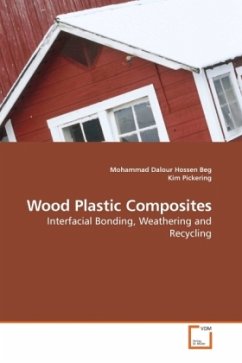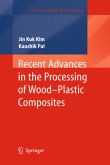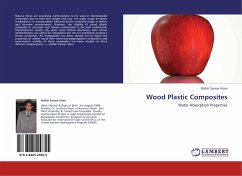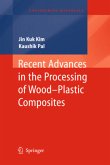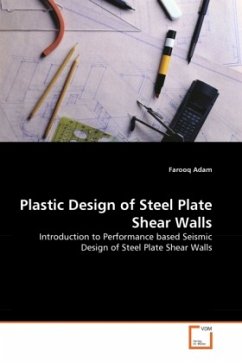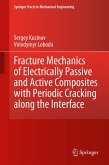The incorporation of lignocellulosic material as a reinforcing component in polymer composites has received increased attention, particularly for price driven and high volume applications. This development has been brought about, as reinforcement by lignocellulosic fibres offers several advantages over their inorganic counterparts, including lower density, greater deformability, less abrasiveness to expensive moulds and mixing equipment and lower cost. Moreover, lignocellulosic based fibres are derived from renewable resources. However, inherent poor adhesion between the fibre and the matrix is a challenge, which results in low durability. This book include the study on interfacial improvement, weathering and recycling of wood plastic composites. Emphasis has been given on thermoplastic composites.
Bitte wählen Sie Ihr Anliegen aus.
Rechnungen
Retourenschein anfordern
Bestellstatus
Storno

